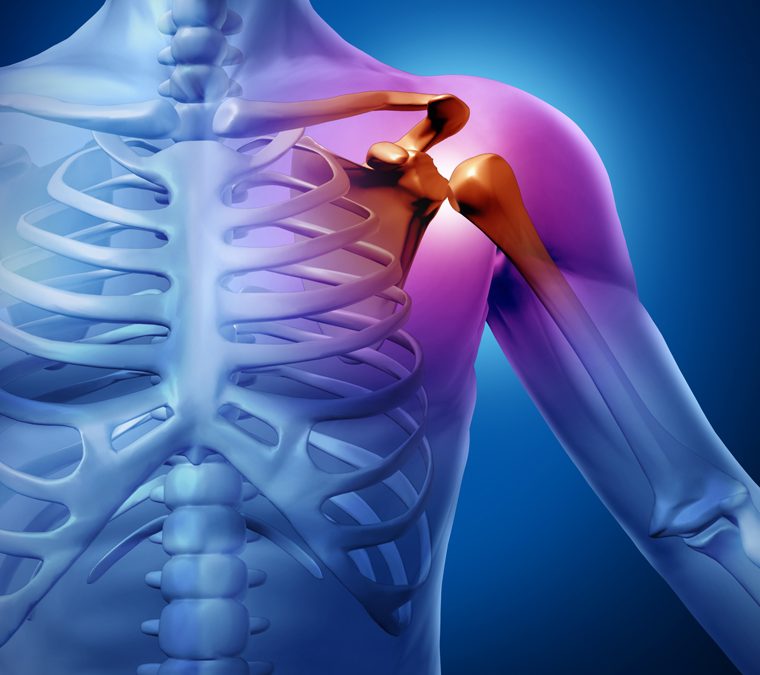Frozen Shoulder? New Research Indicates Dry Needling is Effective!
Here is the abstract from a recent journal article highlighting the results of the study. Take home message: Frozen shoulder aka adhesive capsulitis is classically considered a “joint issue”. Dry Needling aims to influence mainly “muscle dysfunction”. What “joint issues” do you have that needling can help???
Trigger Point Dry Needling as an Adjunct Treatment for a Patient With Adhesive Capsulitis of the Shoulder
Authors: Derek Clewley, PT, DPT, OCS, FAAOMPT, Timothy W. Flynn, PT, PhD, OCS, FAAOMPT, Shane Koppenhaver, PT, PhD, OCS, FAAOMPT
Published: Journal of Orthopaedic & Sports Physical Therapy, 0, Volume: Early Access Issue: Early Access Pages: 1-32 doi:10.2519/jospt.2014.4915
Background: Prognosis for adhesive capsulitis has been described as self-limiting and can persist for 1-3 years. Conservative treatment including physical therapy is commonly advised.
Case Description: The patient was a 54 year old female with primary symptoms of shoulder pain and loss of motion consistent with adhesive capsulitis. Manual physical therapy intervention initially consisted of joint mobilizations of the shoulder region and thrust manipulation of the cervicothoracic region. Although manual techniques seemed to cause some early functional improvement, continued progression was limited by pain. Subsequent examination identified trigger points in the upper trapezius, levator scapula, deltoid and infraspinatus muscles that were treated with dry needling to decrease pain and allow for higher grades of manual intervention.
Outcomes: The patient was treated for a total of 13 visits over a 6 weeks period. After trigger point dry needling was introduced on the third visit, improvements in pain-free shoulder range of motion and functional outcome measures, including SPADI and QuickDASH, exceeded the minimal clinically important difference after 2 treatment sessions. At discharge the patient had achieved significant improvements in shoulder range of motion in all planes and outcome measures were significantly improved.
Discussion:This case report describes the clinical reasoning behind the use of trigger point dry needling in the treatment of a patient with adhesive capsulitis. The rapid improvement seen in this patient following the initiation of dry needling to the upper trapezius, levator scapula, deltoid and infraspinatus muscles suggests that surrounding muscles may be a significant source of pain in this condition.

